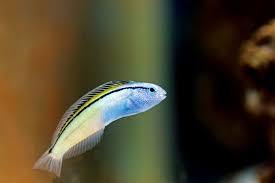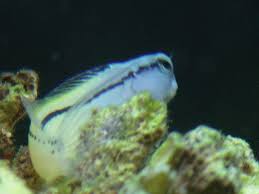
**Introduction**
While the occasional nibble on ripe tomatoes may not pose a significant threat to cats, excessive consumption can lead to adverse effects. In this article, we explore the symptoms that cats may exhibit if they consume tomatoes in excess, especially focusing on potential risks associated with compounds like solanine.
**1. Gastrointestinal Distress**
**Vomiting:** Excessive tomato consumption, particularly unripe or green tomatoes, can irritate a cat’s stomach lining, leading to vomiting. This is one of the primary signs of discomfort and potential toxicity.
**Diarrhea:** The presence of solanine in green tomatoes can disrupt the digestive system, causing diarrhea in cats. Changes in stool consistency or frequency may indicate a reaction to the compounds in tomatoes.
**Abdominal Discomfort:** Cats may display signs of abdominal discomfort, such as restlessness, pacing, or sensitivity when their stomach is touched.
**2. Neurological Symptoms**
**Tremors:** In severe cases of solanine toxicity, cats may experience tremors or shaking. This neurological symptom requires immediate veterinary attention.
**Seizures:** Excessive ingestion of solanine can lead to seizures in cats. Seizures are a critical emergency, and professional veterinary intervention is crucial.
**3. Respiratory and Cardiovascular Issues**
**Difficulty Breathing:** In rare cases, certain compounds in tomatoes may cause respiratory distress. If a cat exhibits difficulty breathing or wheezing after tomato consumption, urgent veterinary care is necessary.
**Irregular Heartbeat:** Tomatoes, especially unripe ones, may contribute to irregular heartbeats in cats. Any changes in a cat’s heart rate or breathing patterns should be promptly addressed by a veterinarian.
**4. Allergic Reactions**
**Itching or Swelling:** Some cats may be allergic to specific compounds in tomatoes, leading to symptoms such as itching or swelling. These allergic reactions may affect the skin or respiratory system.
**5. Increased Thirst and Urination**
Excessive tomato consumption can lead to increased thirst and urination in cats. Changes in drinking and litter box habits may signal that the cat’s body is reacting to the compounds in tomatoes.
**6. Immediate Veterinary Attention Required**
If a cat exhibits any of these symptoms after consuming tomatoes, especially unripe or green ones, immediate veterinary attention is crucial. Prompt intervention can help mitigate the effects of toxicity and prevent further complications.
**7. Conclusion: Monitoring and Caution**
In conclusion, while small amounts of ripe tomatoes may be tolerated by some cats, excessive consumption, especially of unripe tomatoes, can lead to various adverse effects. Cat owners should be vigilant in monitoring their pets for any unusual behavior, gastrointestinal distress, or neurological symptoms after tomato exposure. When in doubt or if symptoms are observed, seeking veterinary guidance ensures the well-being of the feline companion. Always prioritize a cat’s safety and consult with a veterinarian for personalized advice based on the specific circumstances.









